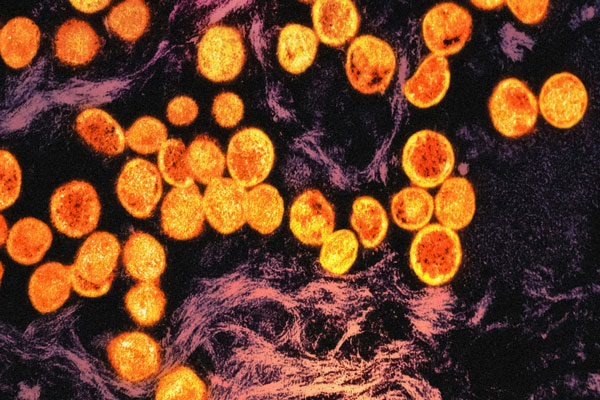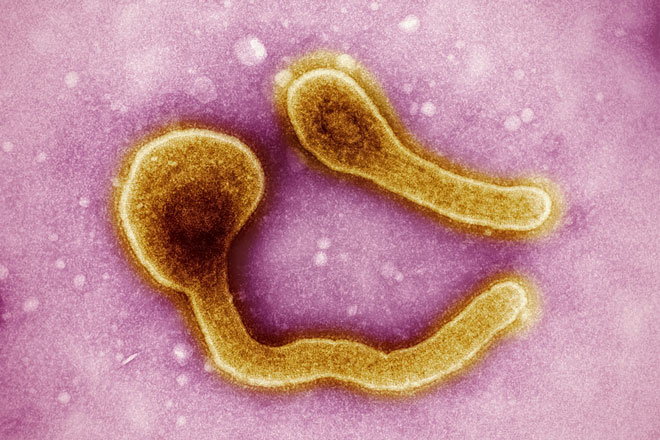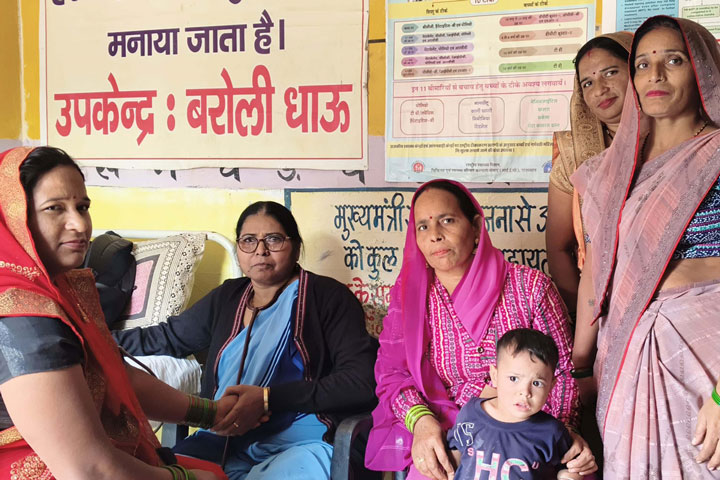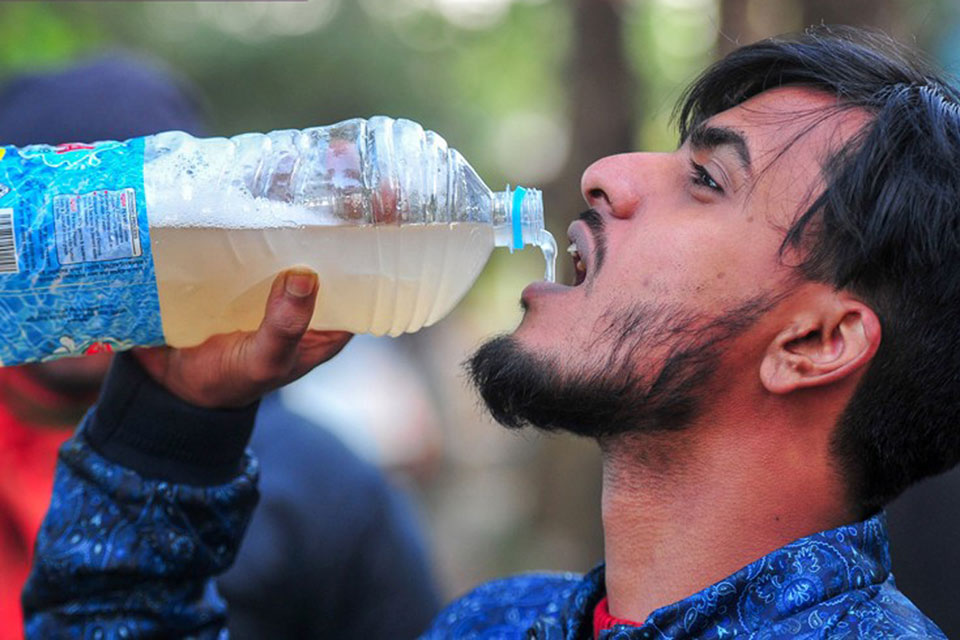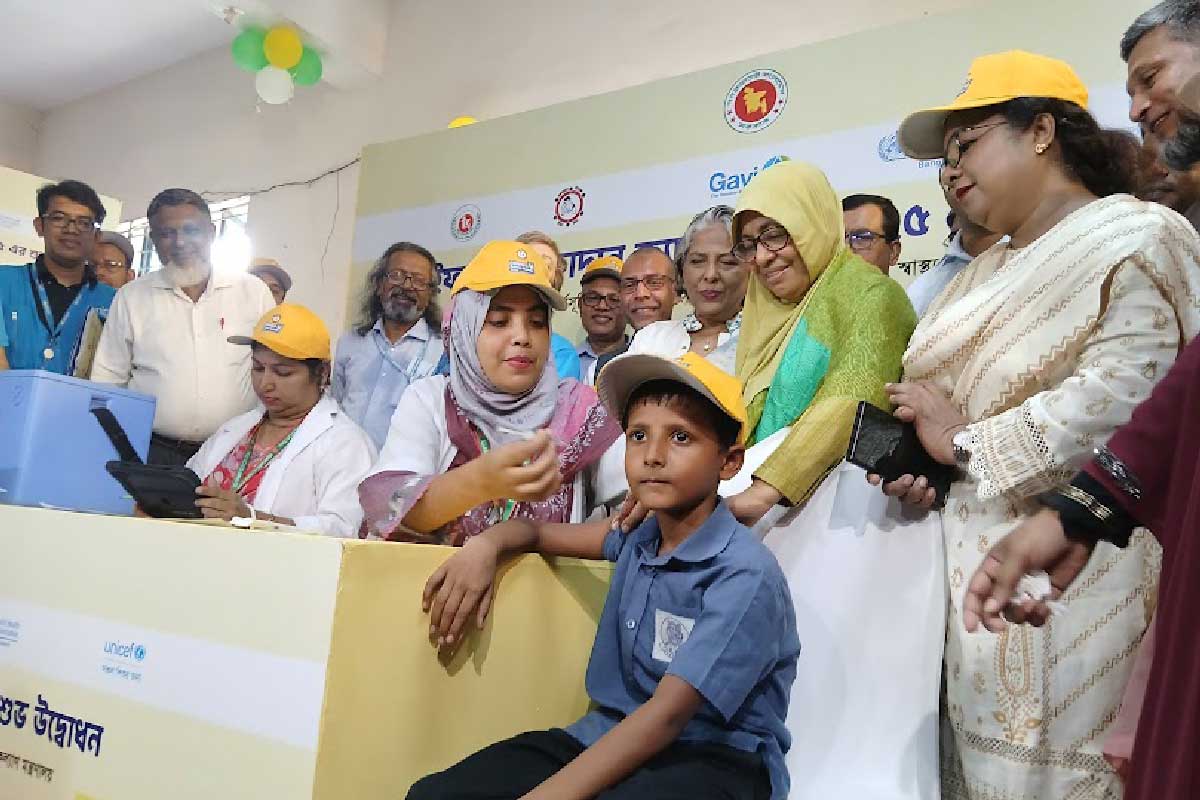AI model predicts dengue outbreaks two months before they start
A new early-warning system could be life-saving if health officials act on it to prepare for outbreaks.
- 27 January 2025
- 3 min read
- by Priya Joi

As dengue fever surges across the world, Indian climate scientists have developed an early-warning system that uses AI to predict where dengue outbreaks might next occur in the country.
The model combines climate and health data to offer a two-month lead time that could give health officials valuable time to prepare for an outbreak.
Climate change is driving the rise of the mosquito-borne disease worldwide, with more than 14 million dengue cases reported in 2024, compared to six million in 2023.
Climate change is driving the rise of the mosquito-borne disease worldwide, with more than 14 million dengue cases reported in 2024, compared to six million in 2023.
Climate change will drive dengue spikes
Sophia Yacob and Rozy Mathew Koll from the Indian Institute of Tropical Meteorology (IITM), Pune, say that it’s likely that India has about a third of the global dengue burden, as dengue cases are estimated to be 282 times more than what is officially reported.
In their paper published in Nature Scientific Reports this month, Yacob, Mathew Koll and colleagues also predict that without intervention, rising temperatures and fluctuating monsoon rainfall could increase dengue-related deaths in India by 13% by 2030 and 23–40% by 2050.
The research looks at how temperature, rainfall and humidity combine to influence outbreaks in Pune, which is a dengue hotspot. They found that temperatures above 27°C combined with moderate, evenly distributed rainfall and humidity between 60% and 78% during the monsoon causes spikes in dengue cases and deaths.
Climate change means that Pune is likely to have temperatures of 27°C and above more and more often. By the end of this century (2081–2100), dengue incidence and deaths could more than double “if fossil fuel emissions remain unchecked.”
Heavy rains followed by a break in rain tend to wash away mosquito eggs and larvae, whereas consistent moderate rain encourages stagnant water, which allows dengue-carrying mosquitoes to breed.
Climate change means that Pune is likely to have temperatures of 27°C and above more and more often. By the end of this century (2081–2100), dengue incidence and deaths could more than double “if fossil fuel emissions remain unchecked,” say the authors.
Building their prediction model
The team developed a model using machine-learning into which they can plug meteorological and health data to create dengue outbreak predictions two months in advance.
They point out that the interactions of temperature, rainfall and humidity that create the perfect conditions for dengue to thrive in Pune are specific to that place, and that it is important to “individually assess the climate-dengue relationship for each region using available health data.”
In a country where dengue early-warning systems are “rudimentary,” according to the authors, they believe that such models could save lives. However, they emphasise that it will require the cooperation of state health departments.
“We have meteorological data readily available from the IMD [India Meteorological Department]. If health data is shared, we can prepare customised early warning systems for climate sensitive diseases like dengue, malaria, and chikungunya for each city or district in India. Cooperation from health departments is key to saving lives,” Koll said.
